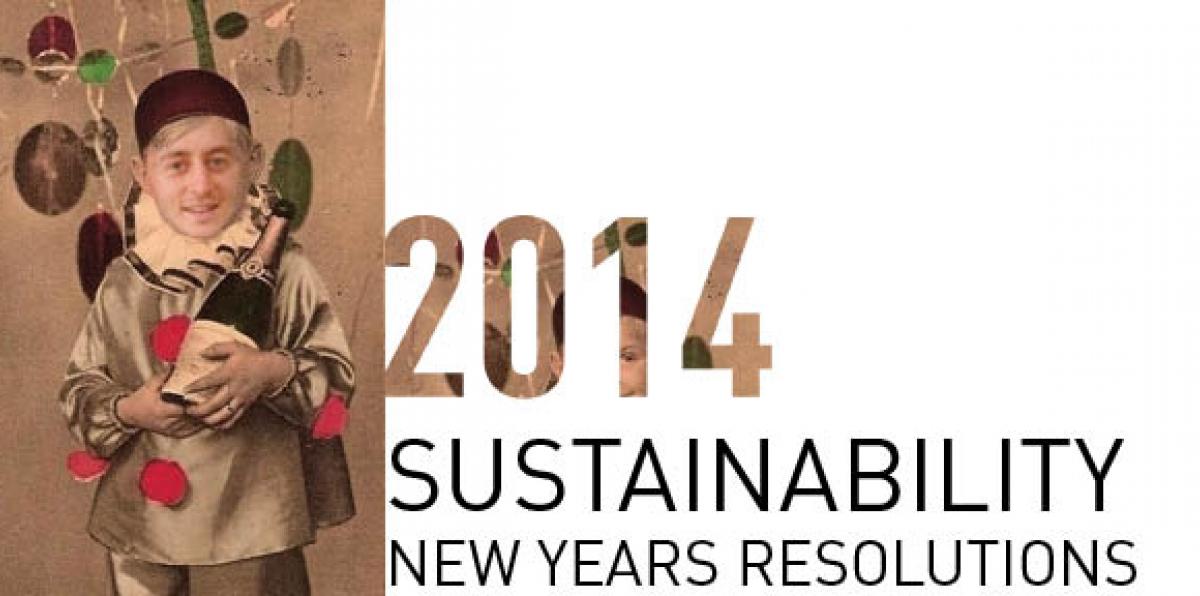THE DOGRUN
a place to share ideas


Happy New Years
Posted by coreysquire on 1/9/14 at 2:06 pm
1) Disclosure
The more data, the better. This year we are making a commitment to collect utility data from as many projects as possible and – with the owner’s permission – publish the utility data of our projects on our website. We will also encourage other firms to disclose the utility data of their projects. As demonstrated by the various 2030 Districts, utility disclose is key to understanding use patterns and decreasing energy consumption.
Each January, beginning this year, we will publish our firm’s energy consumption, water consumption, and transportation emissions for the previous year. As a signee of the San Antonio 2030 District we are committed to reduce each of these by 50% by 2030.
2) Question the status quo
We are creatures of habit. We rarely challenge our current process simply because we get comfortable in a behavioral pattern. Starting this year, “because we have done it before” is no longer a valid way to make a decision. Every decision, product, and detail needs to be evaluated to make sure that we are arriving at the best solutions.
Each year that passes brings with it a faster pace of change and innovation. The built environment on the other hand changes incredibly slowly. High tech solutions that we incorporate into our designs will be obsolete by the end of the building’s life cycle. Low tech solutions, when done right, will be just as relevant in one hundred years. Because of this, we need to design with the most up-to-date high tech solutions, and we need to get our low tech solutions right.
3) Multiply impacts by 300,000,000 (or 7.1 billion)
It’s true that using one disposable fork does not have much of an environmental impact, but what about 300,000,000 deposable forks? That’s 4.2 million pounds of plastic waste. Whenever making a decision that affects the environment, imagine if everyone in the country (or the world) is doing the same thing. Driving 2 miles to work may only use a tenth of a gallon of gasoline, but if everyone in the country made that same trip, 30 million gallons of gas would be burned unnecessarily. Every little sustainability effort that we make in our personal lives has a huge effect when that habit becomes standard practice. This is the year that we take a little extra effort to do the right thing. The potential benefits are enormous.
4) Designing for the occupant
Occupants experience a space with all their senses, not only with out eyes. The thermal environment, the acoustical environment, and the olfactory environment all need to be designed with as much care as the visual environment. Being able to experience a space with all of our senses creates an incredibly rich experience that can’t be achieved through the eyes alone.
Americans spend 90% of their time indoors. The quality of these indoor spaces has a huge impact on the physical and mental wellbeing of the nation. Providing daylight, access to nature, clean air, and healthy materials will create happier more productive citizens.
5) Eat healthy, sleep, and exercise
This is not just a cliché New Year’s resolution, but also a key to great architecture. Eating fruits and vegetables will prevent illness and enhance mental function. Sleep and exercise will promote concentration, focus and creativity. Architecture is an incredibly challenging endeavor and we will not be able to perform at our best without taking care of our bodies. For this reason, I’m setting the following New Year’s resolution for the entire firm:
- A 40 hour work week
- Fruit and vegetables with every meal
- 30 minutes of exercise a day
- SLEEP!!!
